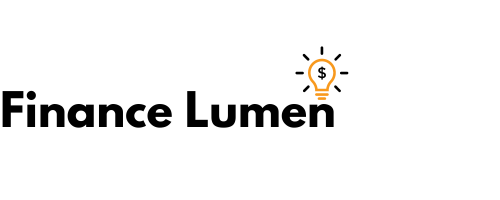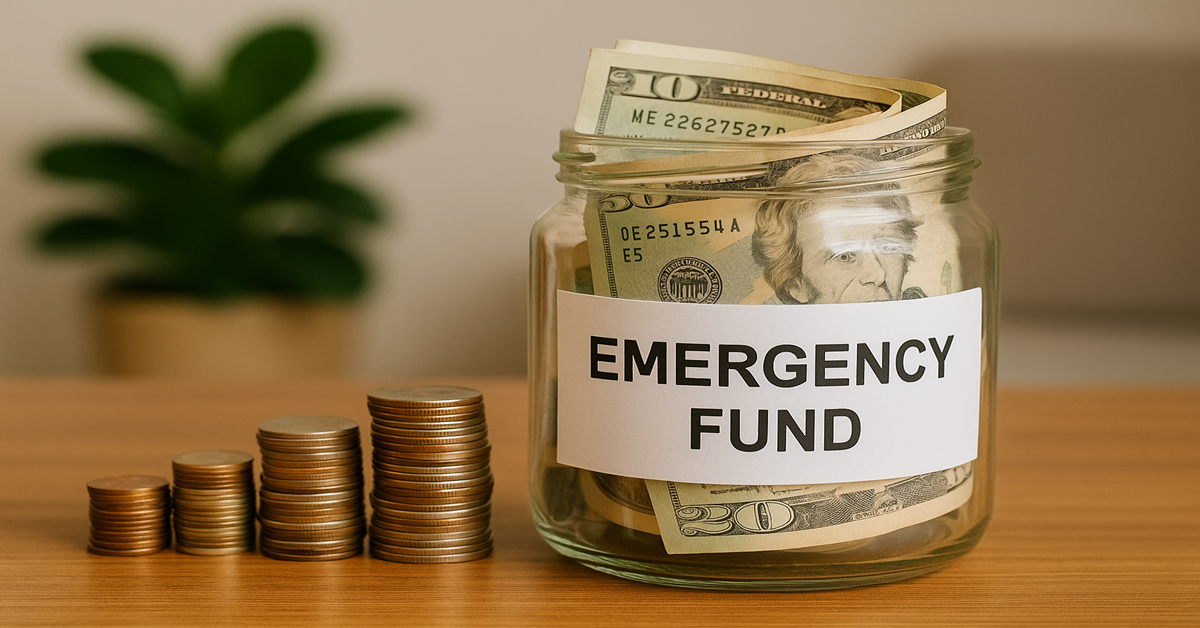Life rarely warns you before it throws a financial curveball. Whether it’s a job loss, a medical emergency, or even a blown-out tire on the way to work, these events can easily drain your bank account or worse, plunge you into high-interest debt. According to a recent survey by the Federal Reserve, nearly 40% of Americans wouldn’t be able to cover a $400 emergency expense without borrowing.
An emergency fund acts like a financial airbag. You hope you won’t need it, but when the unexpected hits, it cushions the blow. This fund isn’t just about saving money -it’s about regaining control over your finances and shielding your long-term goals from short-term disruption.
If you’re thinking, “I can barely make ends meet, how can I save?”, don’t worry. This guide walks you through seven practical, real-life strategies you can implement immediately -even if you’re starting with just $0. You’ll learn how to build an emergency fund in just 30 days without radically changing your lifestyle.
1. Start with a Separate High-Yield Savings Account
The first and most foundational step to building your emergency fund is separation. It may seem simple, but opening a dedicated high-yield savings account instantly shifts your mindset. You now have a place where emergency money lives and grows.
This ties directly into your broader financial planning approach. If you’re working on Strategic Asset Allocation, having an emergency fund is your first step before deploying capital to risk-based investments.
Think of this account as a vault for financial protection. By keeping it separate from your checking account, you reduce the temptation to “borrow” from it. A high-yield savings account, which in 2025 can earn up to 5% APY, also lets your savings earn while it sits.
Online banks like Ally, SoFi, and Marcus by Goldman Sachs offer quick setup with no fees and instant transfers. Automating just $5–$10 a day to this account can net you $150–$300 in a single month—without even noticing the difference.
2. Sell What You Don’t Use—It’s More Valuable Than You Think
One weekend of decluttering could bring in enough money to jump-start your fund. Many people underestimate how much value is sitting unused in their homes.
Take John, a graphic designer who was hit with a surprise car repair. He turned to his closet and found two unused laptops, an old DSLR camera, and a pair of branded shoes he hadn’t worn in years. Using Facebook Marketplace and eBay, he made over $500 in one weekend – without leaving his house.
Even items you think are worthless may hold value to someone. Vintage clothing, unused kitchen gadgets, workout equipment, or tech accessories – these can all be sold online. The key is speed: stick to local listings for quick cash and zero shipping hassles.
The emotional bonus? A cleaner home and a sense of control over your environment.
3. Try a 30-Day No-Spend Challenge
If you’ve ever looked at your bank statement and wondered, “Where did my money go?”, this strategy is for you.
A no-spend challenge isn’t about deprivation -it’s about awareness. For the next 30 days, commit to spending only on essentials: rent, groceries, utilities, and transportation. Everything else -takeout, subscriptions, online shopping goes on pause.
You’d be surprised how many expenses vanish when you become intentional. For example, skipping your daily $7 coffee or Friday night delivery habit could save $50–$100 weekly. Over 30 days, that’s up to $400 that can go straight into your emergency fund.
This strategy ties into the mindset of Living Stingy Without Compromise, where cutting back isn’t about sacrifice -it’s about using your resources wisely and eliminating waste.
And here’s the hidden value: this challenge trains your brain to differentiate between needs and wants -a skill that pays dividends long after your fund is built.
4. Use Your Skills to Earn Extra Money Fast
Side hustles aren’t just trendy -they’re a lifeline when you’re short on savings.
You don’t need to build a business overnight. You just need one or two ways to leverage your time and skills in exchange for fast income. Whether it’s delivering for Uber Eats, walking dogs on Rover, or freelancing on Fiverr or Upwork, there are dozens of platforms where you can start earning this week.
Take Alex, for example -a college student who tutored high school math on weekends. In a single month, he earned nearly $700, all of which went into his emergency fund. And because he was offering a skill he already had, it didn’t feel like extra work.
Just 10 hours a week at $20/hour can bring in $800/month. And many side gigs now offer daily or weekly payouts, meaning you can build your fund in real time.
5. Audit and Cancel Hidden Subscriptions
Subscription fatigue is real. From streaming services to fitness apps, most people are paying for things they don’t use -or forgot they ever signed up for.
Go through your last month’s bank statement line-by-line. You’ll likely find recurring charges that no longer add value to your life. Tools like Rocket Money or Trim can automate this audit and cancel unused services for you.
By eliminating just three to five small subscriptions, many users recover $50–$100 per month -money that can be redirected to your emergency fund without reducing your quality of life.
This isn’t just about saving -it’s about making every dollar count.
6. Use Windfalls and Bonuses Strategically
Windfalls aren’t predictable, but when they happen, they’re one of the fastest ways to boost your savings.
Instead of spending your tax refund, work bonus, or birthday cash, direct it immediately to your emergency account. Psychologically, we treat windfalls as “free money” and feel justified spending them. But reframing them as safety net builders can shift that narrative.
One reader wrote in that after depositing her $800 tax return directly into a high-yield savings account, she avoided going into credit card debt when her dog needed an emergency vet visit just two weeks later.
Windfalls often come with emotional highs -resist the urge to reward yourself with stuff and instead reward yourself with peace of mind.
7. Automate Savings to Make It Effortless
Consistency beats intensity when it comes to saving. That’s why automation is your best ally.
Set up a small daily or weekly automatic transfer from your checking account to your emergency savings. Even $5 a day adds up to $150/month. Apps like Digit, Qapital, or your bank’s built-in savings tools make this seamless.
When savings become non-negotiable -like rent or bills -they no longer depend on motivation. They happen in the background, while you focus on other financial goals.
Think of this strategy as paying yourself first. Every automatic deposit is a quiet investment in your own resilience.
You Don’t Need a Lot to Start -You Just Need to Start
Building an emergency fund isn’t reserved for the wealthy. You don’t need a six-figure income -you need a plan, consistency, and a mindset shift.
Each dollar you save is one less you’ll need to borrow under stress. By following the strategies in this guide, you can build a strong financial foundation -even in just 30 days.
And once that fund is in place, you’ll sleep better, plan better, and weather life’s storms with confidence.
“It’s not the size of the safety net ,it’s the fact that you have one.”
FAQ: Building Emergency Savings
How much should I save in my emergency fund?
Start with $500–$1,000 as your first milestone. Eventually, aim for 3–6 months of essential expenses.
Where should I keep my emergency fund?
A high-yield savings account is ideal. Avoid investing your emergency savings in stocks or crypto.
Is it possible to save an emergency fund on a low income?
Yes. Through selling items, automating micro-savings, and side hustles, even low earners can build a buffer over time.
Should I pay off debt first or build an emergency fund?
Start by saving a small fund ($500–$1,000) before focusing on high-interest debt. This prevents you from relying on credit during emergencies.





